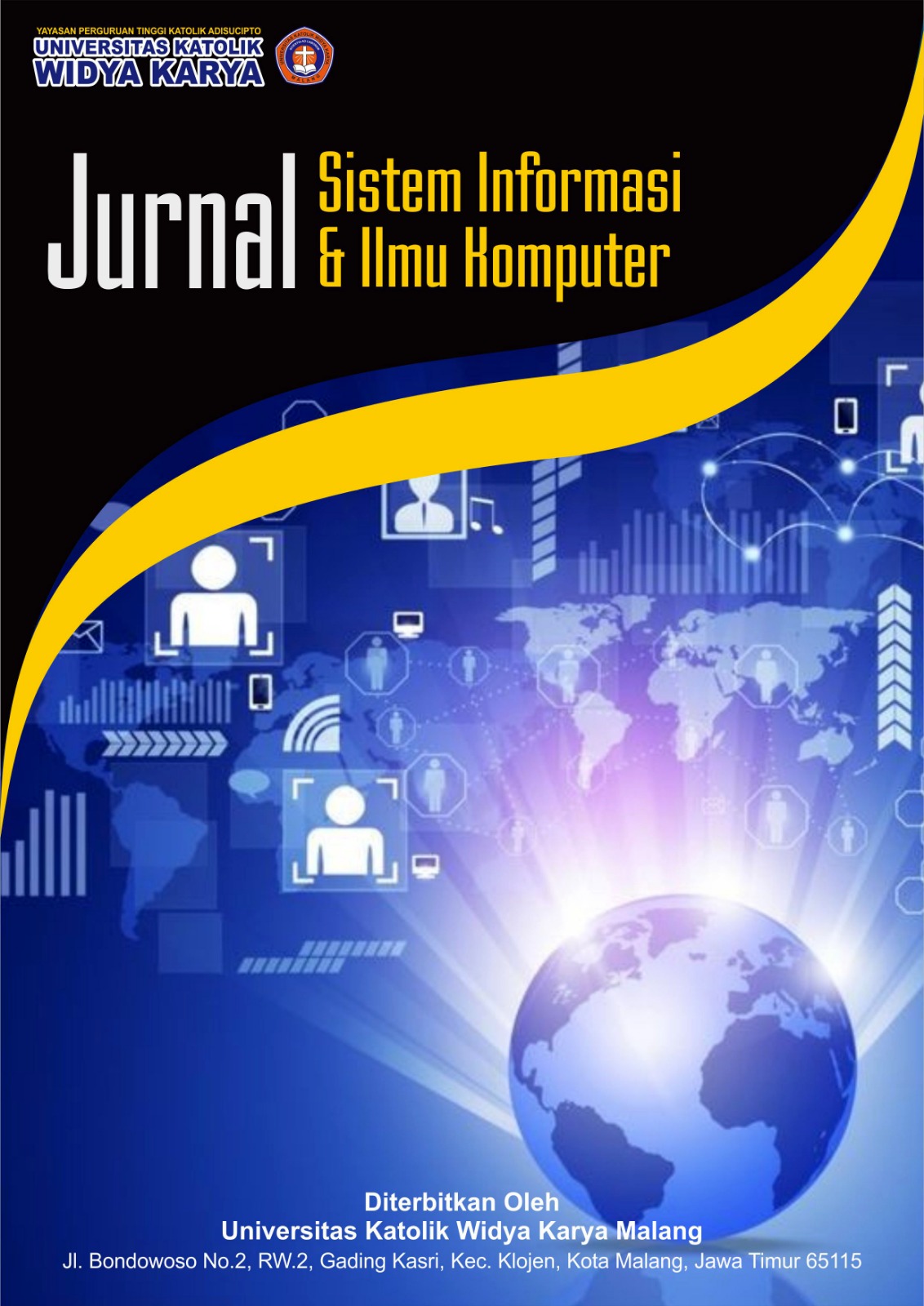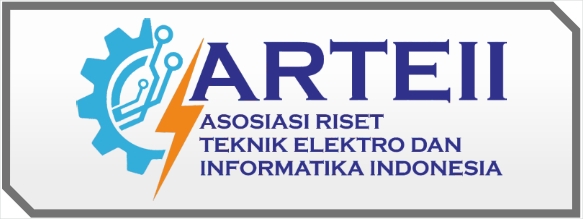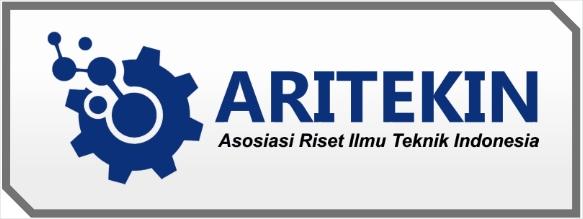Inovasi Kecerdasan Komputer Mendorong Masa Depan Bioinformatika yang Lebih Cerdas
DOI:
https://doi.org/10.59581/jusiik-widyakarya.v3i1.4443Keywords:
Artificial, Intelligence, Bioinformatics, Genomics, Proteomics, InnovationAbstract
Computer intelligence, particularly Artificial Intelligence (AI), has become a cornerstone in advancing bioinformatics. This study aims to explore the role of AI in addressing the challenges of analyzing complex biological data, especially in genomics, proteomics, and metabolomics. Using machine learning (ML) and deep learning (DL) algorithms, AI efficiently processes large-scale data, accelerates genomic research, predicts protein structures, and identifies disease biomarkers. However, challenges such as data quality, computational limitations, and privacy issues remain barriers to its implementation. The findings of this study highlight the importance of continuous innovation, multidisciplinary collaboration, and strict regulations in AI applications. In conclusion, AI holds great potential to revolutionize bioinformatics, significantly impacting scientific research and the development of global healthcare systems.
References
Albert, V., Mardame, J., Wardani, F. P., & Penabur, S. (2024). Application of artificial intelligence technology to improve responsiveness and speed of operations in organizations. 3(2), 145–164.
Amanda, C. A., Fitra, M., Hrp, A., Rezi, M., Al, N., Hrp, A., Tambunan, N., & Wardaya, S. T. (2025). Masa depan bio informatik: Mengubah data menjadi terapi.
Astuty, S., Fahlevi, R., Phill, P., Papilaya, E., Syukrilla, W. A., Pradnyani, P. E., Al-faida, N., et al. (2022). Dasar biostatistika untuk peneliti: Statistik terapan. www.getpress.co.id.
Azhari, A., Jalaludin, D., Irawan, A., Perjuangan, J., & Sunyaragi, B. (2017). Proteomik: Database dan teknologi. QUANTUM, Jurnal Inovasi Pendidikan Sains, 8(1), 1–12.
Disiplin, I. L. (2024). Artificial intelligence (AI): Peluang dan tantangan dalam. no. December.
He, Y., Mulqueeney, J. M., Watt, E. C., Salili-James, A., Barber, N. S., Camaiti, M., Hunt, E. S. E., et al. (2024). Challenges and opportunities in applying AI to evolutionary morphology. Oliver Kippax-Chui, 7(1), 1–110. https://orcid.org/0000-0001-9465-810X.
Kang GJ, Gloria, Ewing-Nelson SR, Mackey L., Schlitt JT, Marathe A., Abbas KM, & Swarup S. (2018). 乳鼠心肌提取 HHS public access. Physiology & Behavior, 176(1), 139–148. https://doi.org/10.1016/j.ijcard.2016.12.097.Genomic.
Muttaqin, Dkk. (2022). Program studi pendidikan kimia Universitas Pendidikan Mandalika. Jurnal Ilmiah Wahana Pendidikan, 8, 8–15.
Nussinov, R., Zhang, M., Liu, Y., & Jang, H. (2022). AlphaFold, artificial intelligence (AI), and allostery. Journal of Physical Chemistry B, 126(34), 6372–6383. https://doi.org/10.1021/acs.jpcb.2c04346.
Rahnasto, J. (2023). Genetic data are not always personal - Disaggregating the identifiability and sensitivity of genetic data. Journal of Law and the Biosciences, 10(2), 1–45. https://doi.org/10.1093/jlb/lsad029.
Setiyanto, S., Utomo, I. C., Dawis, A. M., Yuliati, T., Nugraha, N. B., Natsir, F., Suhendi, H. Y., & Syujak, A. R. (2023). Multimedia dan sains (Vol. 1). www.freepik.com.
Xu, Y., Liu, X., Cao, X., Huang, C., Liu, E., Qian, S., Liu, X., et al. (2021). Artificial intelligence: A powerful paradigm for scientific research. Innovation, 2(4). https://doi.org/10.1016/j.xinn.2021.10.
Downloads
Published
How to Cite
Issue
Section
License
Copyright (c) 2024 Jurnal Sistem Informasi dan Ilmu Komputer

This work is licensed under a Creative Commons Attribution-ShareAlike 4.0 International License.














